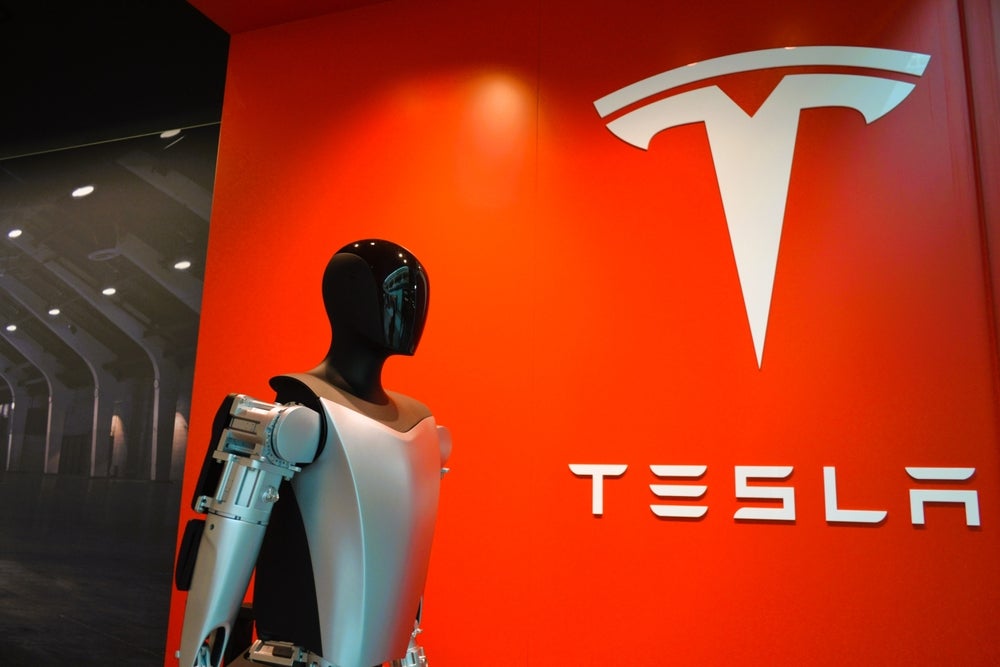
VR is entering its second generation, which is expected to have greater appeal to consumers as well as enterprises compared to the previous generation. VR technology has evolved significantly over the past five years, with improvements on both the hardware and software side.
Leading macroeconomic trends in virtual reality
Listed below are the leading virtual reality macroeconomic trends, as identified by GlobalData.
Moving beyond the hype
Untethered VR headsets and more compelling content – including films, video, and games – are driving the adoption of VR across consumer markets. In March 2019, Sony announced that it had sold more than four million PSVR systems worldwide since October 2016. At the time of writing, the HTC Vive is available for less than $500, Facebook’s Oculus Rift for under $400, and the PSVR at sub-$300. Further drops in price are anticipated to improve VR sales in the coming years. Familiarity with VR is also improving.
Generation Hashtag
A preference for personalised experiences and an inclination towards digital platforms makes Generation Hashtag (which includes anyone born between 1991 and 2005) a key demographic for VR companies. For example, Google is marketing Cardboard VR to young people as an introductory device, while the Facebook for Education community is working with college and university students to build the future of VR. As Generation Hashtag continues to enter the workforce, VR firms are hopeful of additional growth opportunities in the enterprise space.
Content
While VR hardware is improving, the industry still lacks a significant amount of content. Unlike the over-saturated mobile apps space, VR is still a largely untapped market. Gaming headset Oculus Quest sold content worth approximately $5m in the two weeks after its launch in May 2019. Over the next three years, consumers will be looking for an accessible array of content choices. VR content creators should focus on areas such as films, video, ecommerce, healthcare, gaming, and social media. Taking a pragmatic approach will foster sustainable growth.
How well do you really know your competitors?
Access the most comprehensive Company Profiles on the market, powered by GlobalData. Save hours of research. Gain competitive edge.

Thank you!
Your download email will arrive shortly
Not ready to buy yet? Download a free sample
We are confident about the unique quality of our Company Profiles. However, we want you to make the most beneficial decision for your business, so we offer a free sample that you can download by submitting the below form
By GlobalDataEnterprise adoption
A number of enterprises are using VR for specific tasks. For example, Air France offers passengers VR headsets, while Walmart, Airbus, and Verizon use VR as part of employee training programmes. VR’s position in the enterprise market is under threat from AR. VR headsets are solo, occasional, and training-oriented devices. This can mean that they lose out in comparison to more efficient, collaborative, continuously serviceable AR solutions in the long run. The likes of Microsoft HoloLens, Vuzix smart glasses, and Google Glass Enterprise Edition are already established in several vertical markets. Challenging them from a VR perspective are Facebook’s Oculus for Business and HTC’s Vive Enterprise Edition.
China
China is the biggest market for VR. The country’s leading tech companies are attempting to grab a slice of the action. Baidu’s online video platform, iQiyi, has its own range of VR headsets, while Alibaba has introduced VR shopping malls and Tencent is working on a VR version of WeChat. Firms such as Pico, Huawei, 3Glasses, Deepoon, and AntVR are trying to democratise VR with reasonably-priced devices. Under the Chinese government’s Made in China 2025 program, domestic VR firms are being supported through subsidies and financial backing. With specific focus areas – including chips, display, 3D modeling, motion capture, data processing, tactile feedback, and localization – clearly set out in the government’s VR masterplan for 2020, 2025, and 2030, China’s determination to dominate the VR space puts it ahead of other countries.
Business models
VR business models are evolving. Enterprise and business-to-business (B2B) sales are dominant, but several multi-model approaches are also emerging. Facebook is serious about enterprise VR, yet its key offerings – including sophisticated hardware, premium apps, and in-app purchases – are largely consumer-focused. Samsung, Google, and HTC are competing on similar lines to Facebook, with HTC’s well-received management software for enterprise applications putting it ahead of its peers. Sony’s offering is entirely gaming-oriented and subscription-based. Microsoft offers VR experiences on Windows Mixed Reality headsets, as well as more than 2,500 VR game titles on SteamVR and Microsoft Store, available with a subscription.
Intellectual property (IP) disputes
IP infringement is seen as a prime legal risk by nearly 30% of companies developing immersive technologies, according to a 2019 survey by law firm Perkins Coie and the XR Association. VR’s ability to replicate a wide range of images, properties and other content in virtual spaces creates the potential for IP disputes around trademarks, copyright, and patents. In 2018, Facebook settled a lawsuit brought by video game company ZeniMax, which alleged that Facebook had stolen company secrets and technology for use in Oculus products.
Smartphones
Untethered devices are allowing VR to operate as a separate platform, but smartphones are still a formidable barrier to VR’s success. From social media platforms such as Snapchat to ecommerce players such as Shopify, app-based companies are attempting to leverage the association of smartphones and AR. At the same time, Google’s VR initiatives are showing signs of deceleration as it shifts its focus to mobile AR. Facebook too has confirmed that it is working on AR smart glasses, although its VR ambitions are still intact.
This is an edited extract from the Virtual Reality – Thematic Research report produced by GlobalData Thematic Research.







Related Company Profiles
Microsoft Corp
Meta Platforms Inc
Google LLC
HTC Corp
Sony Group Corp